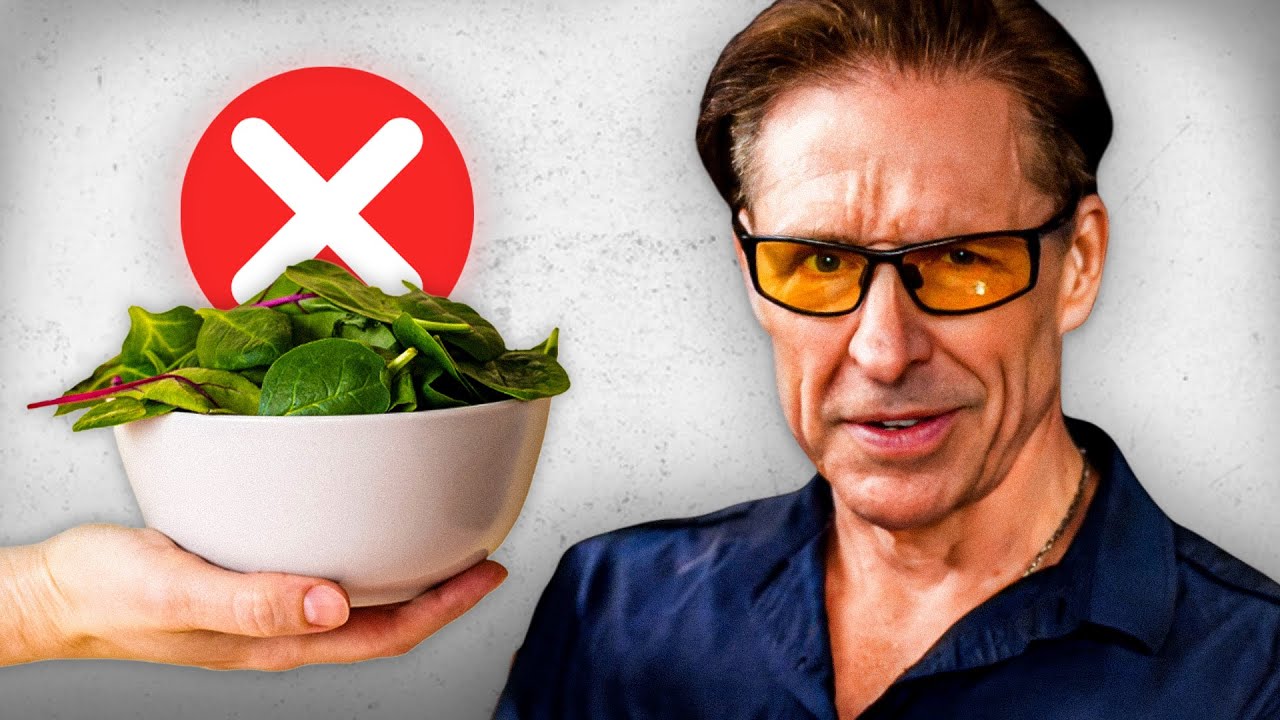- The complex causes of obesity in America and its prevalence.
- Debunking common myths about fat loss that contribute to misunderstandings.
- Detailed analysis of diet and nutrition’s role in obesity.
- Exploring the relationship between metabolic diseases and obesity.
- How insulin sensitivity impacts fat accumulation and weight management.
The prevalence of obesity in America is a topic that has been widely discussed, yet it remains a complex issue due to its multifaceted nature. With over 75% of the American population classified as obese or overweight, understanding the driving factors behind these figures is crucial. This article aims to shed light on this pressing public health challenge by examining the physiological, dietary, and societal components that contribute to high obesity rates while addressing common misconceptions about fat loss.
To comprehend why obesity is so prevalent in America, it’s essential to first explore the various causes involved. While it may seem simple to attribute obesity to a lack of willpower or improper dietary choices, the reality is considerably more intricate. A combination of genetic, environmental, and behavioral factors plays a substantial role. Genetic predisposition can influence one’s susceptibility to weight gain, affecting how the body stores and utilizes energy. In addition, lifestyle factors such as sedentary habits exacerbated by technological advances, along with the widespread availability of calorie-dense foods, significantly contribute to the obesity epidemic.
Addressing the myths surrounding fat loss is vital in devising effective weight management strategies. There are several misconceptions that often mislead those seeking to lose weight. A prevalent myth is the idea that drastically reducing calorie intake is the surest path to weight loss. While calories are certainly a factor, focusing solely on calorie restrictions without considering nutritional balance can lead to nutrient deficiencies and metabolic slowdowns.
Another myth is that spot reduction, or targeting fat loss in specific body areas, is feasible. In reality, fat loss occurs systemically, and exercises aimed at specific body parts will not result in localized fat reduction. Additionally, the belief that certain foods can expedite the fat-burning process is generally overstated. Consuming grapefruit or drinking green tea, for instance, may have marginal effects on metabolism but are not substitutes for a comprehensive dietary and lifestyle approach.
In order to fully understand the interplay between diet and obesity, recognizing the significance of nutritional quality rather than just quantity is vital. The American diet, often referred to as the Western diet, is rich in sugars, processed foods, and unhealthy fats, contributing to rapid weight gain. Consuming whole foods that are rich in nutrients—such as vegetables, fruits, lean proteins, and whole grains—is fundamental to maintaining a healthy body weight. These foods not only provide essential nutrients but also aid in maintaining satiety, helping to prevent overeating.
Metabolic diseases are closely linked with obesity, often creating a cyclical pattern of cause and effect. Conditions such as type 2 diabetes, metabolic syndrome, and cardiovascular diseases are frequently associated with excess body fat. Obesity itself can lead to metabolic dysfunction, increasing insulin resistance and impairing the body’s ability to regulate glucose and lipids. Understanding this relationship is crucial for both preventing and managing obesity and its related health issues.
Insulin sensitivity is a critical factor that influences how the body handles sugar and fat. Insulin resistance, a condition where cells in the body do not respond well to insulin, can result in elevated blood sugar levels and eventually lead to type 2 diabetes. This condition is often exacerbated by obesity, as excess fat changes how the body responds to insulin. Improving insulin sensitivity through lifestyle modifications such as regular physical activity and a balanced diet can aid in reducing body fat and managing weight.
For the population to effectively tackle obesity, there must be a shift in focus from short-term weight loss solutions to long-term health gains. Public health initiatives and policies should emphasize education about healthy eating habits, encourage physical activity, and provide access to nutritious food options. Interventions at both individual and community levels can foster an environment conducive to healthy living.
The discourse surrounding obesity in America is indeed a vast and complex one. By addressing the various factors that contribute to obesity and dismantling prevalent myths about fat loss, a clearer path can be formulated for combating this public health crisis. Emphasizing nutritional quality, understanding metabolic and insulin-related challenges, and focusing on sustainable lifestyle changes will play a pivotal role in curbing the rising rates of obesity, ultimately leading to a healthier population.
*****
Source Description
America is in the middle of an obesity epidemic, with nearly 75% of adults overweight. But why, despite all the diet trends, exercise programs, and “expert” advice, are so many people still struggling with fat loss? I used to be one of them—300 pounds, following all the mainstream health advice, and getting nowhere. That’s when I discovered the diet myths keeping me (and millions of others) stuck. In this video, I’m exposing 7 of the biggest lies about nutrition, calorie deficit, and metabolic health—so you can stop wasting time and start getting real results.
Think eating less and moving more is the key? That a healthy lifestyle starts with a low-fat diet or green smoothies? That’s exactly what the food and fitness industry wants you to believe. But the truth is, your body isn’t a simple math equation—it’s a complex system that needs the right fuel to burn fat and thrive. If you’re tired of mainstream nonsense and want real health tips to take control of your wellness, hit play now. Let’s break free from the myths and unlock real, sustainable weight loss.
Chapters:
00:00 Introduction
02:12 Myth 1
05:44 Myth 2
08:08 Myth 3
09:14 Myth 4
11:12 Myth 5
12:14 Myth 6
14:04 Myth 7
Connect with Dave Asprey!
Website: https://daveasprey.com
TikTok: https://www.tiktok.com/@daveaspreyofficial
Instagram: https://www.instagram.com/dave.asprey/
Facebook: https://www.facebook.com/Daveaspreyofficial/
X: https://x.com/daveasprey
YouTube: https://www.youtube.com/c/daveaspreybpr
The Human Upgrade Podcast: https://www.instagram.com/TheHumanUpgradePodcast/ and https://m.facebook.com/Thehumanupgrade/

